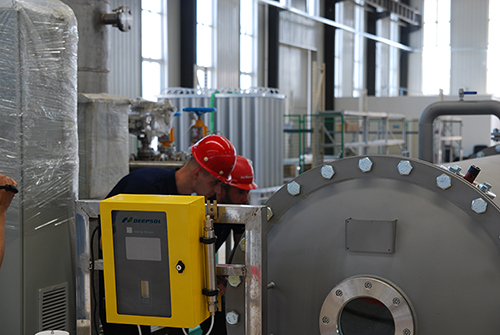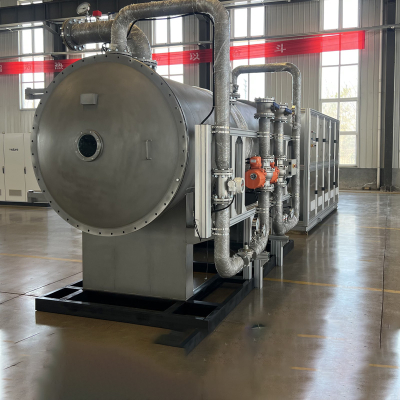Application of ozone in drinking water
Currently, ozone generator are widely used as a mature disinfection equipment in drinking water treatment.
Ozone is widely used as a disinfectant for drinking water in Europe, but after ozone disinfection, a certain amount of residual chlorine needs to be added to the front end of the pipeline network to maintain the stability of the water quality of the pipeline system.
Ozone is added before the coagulation sedimentation tank as a pretreatment for water treatment. Its function is to oxidize iron, manganese and other ions, remove color and odor, improve flocculation and filtration effects, replace chlorine, and effectively reduce the formation of halogenated hydrocarbon disinfection by-products.
In the deep treatment of drinking water, ozone is often combined with granular activated carbon to form an ozone biological activated carbon process, which effectively improves the effluent quality through multiple effects such as ozone oxidation, activated carbon adsorption and microbial degradation. In sewage treatment, ozone has been widely used in combination with a variety of technologies, such as ozone generator +ultraviolet light, ozone hydrogen peroxide, ozone catalytic oxidation, etc. In a number of newly built sewage treatment plants and reclaimed water plants in China in recent years, ozone advanced oxidation technology has been widely used as a deep treatment, decolorization and disinfection process.
The application of ozone in drinking water is currently mostly ozone-bioactivated carbon process, which is a deep ozone treatment process for drinking water. This process uses the strong oxidizing property of ozone to remove dissolved organic matter, trihalomethane precursors, odor-producing substances including 2-MIB, earthy smell, moldy smell, and fishy smell, and kill bacteria and viruses in the water to deeply purify drinking water.
Ozone is increasingly used in water plants. As the name implies, an ozone generator is a device that produces ozone gas (O3). It is widely used in drinking water, sewage, industrial oxidation, food processing and preservation, drug synthesis, space sterilization, etc. The ozone gas produced by a large ozone generator can be used directly or mixed with liquid to participate in the reaction.







